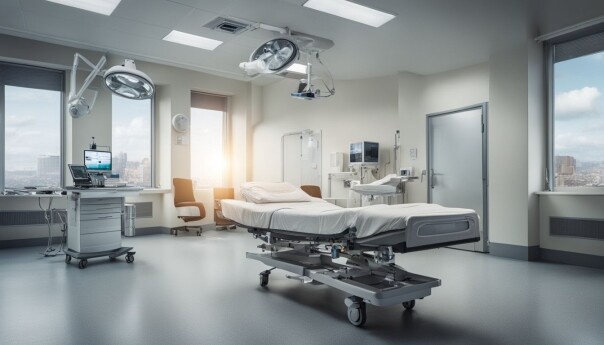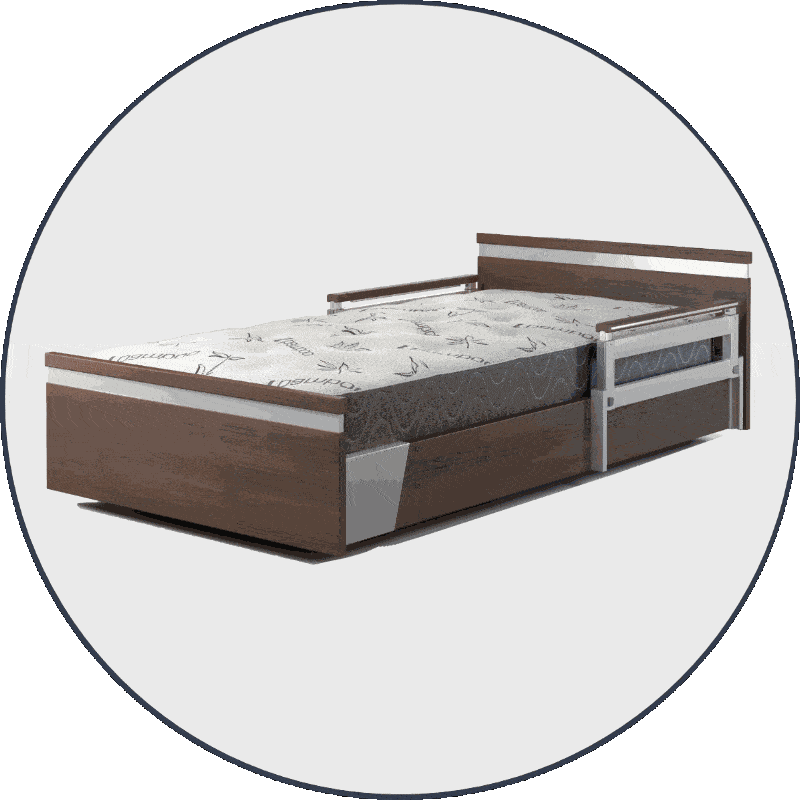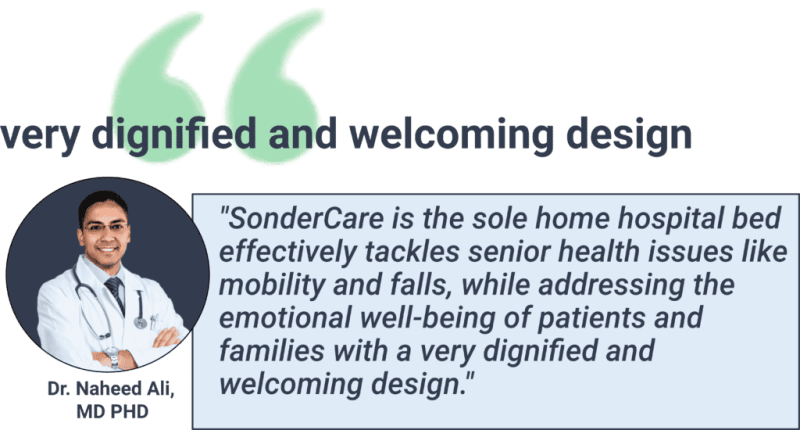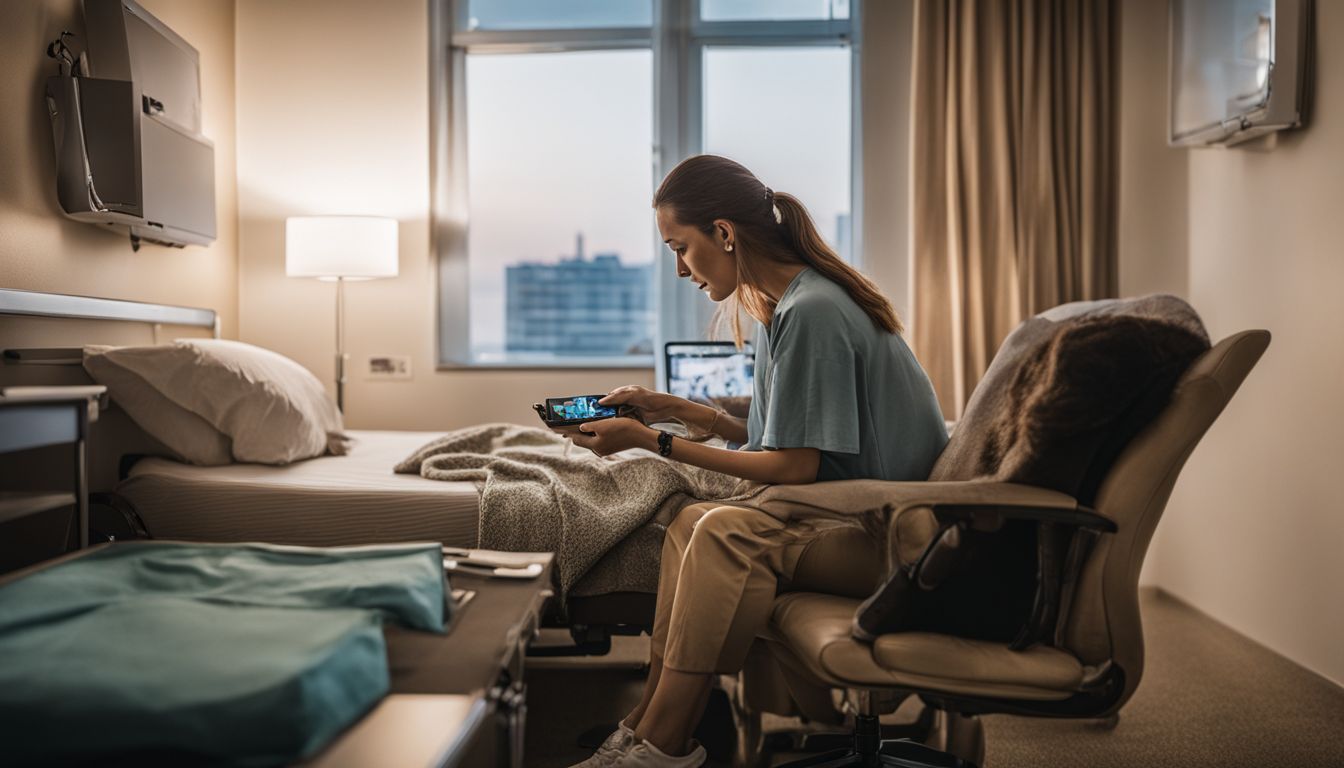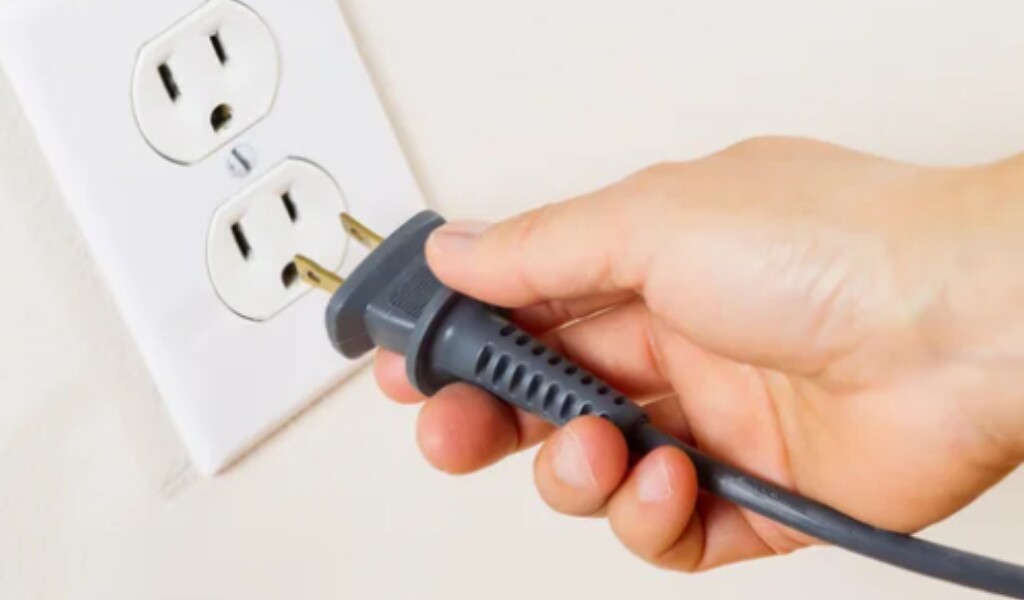Patients often face discomfort and safety risks in hospitals. Inflatable hospital beds offer a breakthrough with advanced pressure redistribution technology. Our article explores how these beds improve patient care by preventing bed sores and boosting blood circulation.
- Inflatable hospital beds use smart technology to adjust air pressure, helping avoid bedsores and improve blood flow.
- Beds have sensors and microprocessors that track changes in pressure, moisture, and temperature to keep patients comfortable.
- There are different types of inflatable beds for various needs, including low-air-loss beds and bariatric air mattresses.
- Cleaning these beds is important for stopping the spread of germs. New materials make it easier to keep them clean.
- IoT technology lets doctors check on patients remotely, making care better and faster.
Advanced Pressure Redistribution Technology in Inflatable Hospital Beds
Inflatable hospital beds now use smart tech to adjust pressure. They have tiny computers, sensors for softness, wetness, and warmth to change support in real time.
Utilization of microprocessors
Microprocessors in inflatable hospital beds ensure patients get the best care. These smart chips control air flow in the bed’s chambers using data from sensors. They check pressure, moisture, and temperature around the clock.
This way, beds can change how soft or firm they are to keep patients comfortable and safe.
Microprocessors use algorithms to adjust beds based on patient moves.
This technology helps prevent injuries and skin problems like pressure ulcers by keeping blood flowing well. It also means caregivers can count on the bed to alert them if a patient needs help adjusting before problems start.
Next, we explore real-time data from these sensors and how it improves patient care.
Real-time data from pressure, moisture, and temperature sensors
Sensors in inflatable hospital beds track pressure, moisture, and temperature all the time. This information changes how much air is in the bed right away. Moist of the body sensors help keep patients comfortable and safe.
Heat trackers give a full look at how a patient is doing. These tools use internet of things (IoT) technology to send this data without delay, allowing for quick adjustments to improve patient care.
They prevent skin breakdowns by making sure there aren’t too many pressure points on the patient’s skin.
These beds can also stop bedsores and boost blood flow with their ability to change support based on real-time sensor data. As part of routine healthcare services, these updates ensure that each patient gets personalized comfort which helps in their healing process after surgery or during long stays in ICUs or wards.
Functionality of Hospital Beds
Inflatable hospital beds adapt to patients’ needs, ensuring comfort and safety. They help avoid injuries and improve blood flow by changing pressure points.
Continuous optimization of support and comfort
Inflatable hospital beds use smart technology to make sure patients are always comfortable and supported properly. These beds have sensors that check pressure, moisture, and temperature around the patient’s body.
Based on this info, microprocessors in the bed adjust air levels automatically. This means the bed can change how soft or firm it is to prevent injuries and keep blood flowing well.
The ability of inflatable hospital beds to dynamically adapt their firmness ensures an optimal healing environment by minimizing pressure sores.
These changes happen without anyone having to do anything. They help stop bedsores and make sure every patient can lie down without any pain or discomfort. As someone who has seen these beds in action, I noticed they work wonders for people with different needs – whether recovering from surgery or dealing with long-term conditions that make moving hard.
Injury prevention and ergonomic alignment
Beds with advanced technology shift pressure to keep patients safe. They use algorithms for the right body position. This helps avoid muscle strain and injuries from staying in one place too long.
Beds also adjust automatically to make sure patients are always comfortable and well-supported. This reduces risks like bedsores and improves blood flow.
These beds have sensors for pressure, moisture, and temperature. The sensors send data in real time. Then, microprocessors analyze this data to change how the bed supports the patient.
This way, each person gets customized care that keeps their body in a good position and prevents harm.
Prevention of bedsores and enhanced blood circulation
Moving from injury prevention and ensuring proper body alignment, inflatable hospital beds play a crucial role in stopping bedsores and boosting blood flow. These beds use advanced pressure-relief systems to shift stress off parts of the body that are at high risk for sores.
Sensors monitor pressure, moisture, and temperature to adjust air levels automatically. This constant adjustment prevents wounds and allows better circulation. Improved circulation means more oxygen and nutrients reach tissues, which is essential for healing.
Inflatable beds like low-air-loss mattresses and alternating pressure air mattresses change how support is given throughout the day. They reduce risks of deep vein thrombosis (DVT) by making sure blood doesn’t stay still too long in one place.
My experience with these technologies showed they significantly cut down on patient complaints about discomfort or pain caused by lying down too long. With precise control over firmness levels, these beds customize support for each patient’s need, promoting health while reducing hazards linked to immobility.
Types of Inflatable Hospital Beds
Inflatable hospital beds come in different styles to meet various needs. Each kind offers unique benefits, like better air flow or turning patients easily to prevent sores.
Low-air-loss beds
Low-air-loss beds provide continuous air flow, which is key for preventing pressure ulcers and maintaining skin integrity. These beds have special features like adjustable firmness to meet patient-specific needs, enhancing comfort with consistent air circulation.
They use advanced technologies such as microprocessors and sensors to optimize support, prevent injuries, and promote better blood circulation.
Such designs are crucial in healthcare settings for patients who spend long periods in bed. By adjusting the bed’s surface to reduce pressure points, these beds help prevent ulcers and improve patient outcomes.
Low-air-loss technology directly addresses issues of moisture and temperature control, making it easier for caregivers to maintain skin integrity without constant manual adjustments.
Enhance patient comfort with consistent airflow.
Next up are alternating pressure mattresses.
Alternating pressure mattresses
Alternating pressure mattresses play a crucial role in hospital settings, especially for patients with limited mobility. These beds use advanced technology to cyclically inflate and deflate air chambers.
This action redistribits pressure across the body, preventing tissue breakdown called decubitus ulcers or bedsores. It also boosts blood circulation, which is vital for healing and maintaining healthy skin.
The design of these mattresses involves sensors that monitor pressure, moisture, and temperature in real-time. Microprocessors interpret this data to adjust the mattress’s settings automatically.
This ensures continuous optimization of support and comfort for each patient. By helping to prevent injuries and aligning the body ergonomically, alternating pressure mattresses are essential tools in patient safety and care.
Bariatric air beds
Shifting from alternating pressure mattresses, bariatric air beds serve a crucial role in patient care. These beds are built to support up to 500 lbs, providing strong support for heavier patients.
They come with adjustable firmness settings to meet therapeutic needs without sacrificing comfort or safety. Bariatric air beds use microprocessors and sensors for moisture, temperature, and pressure.
This high-tech approach helps prevent injuries by keeping the body properly aligned and reducing the risk of bedsores through enhanced blood circulation. Their design focuses on pain relief and decreasing the chance of ulceration in immobile patients.
Maintenance is straightforward due to advances in materials like thermoplastic polyurethane, which resists infection spread. Caregivers can clean these beds easily, ensuring a hygienic environment for recovery.
Such innovations make bariatric air beds essential tools in hospitals for managing the health and comfort of heavier patients effectively.
Lateral rotation beds
Lateral rotation beds offer patients the benefit of automated turning. This helps in repositioning, reducing the need for caregivers to manually move patients. These beds are crucial for those with spinal cord injuries or others who spend a lot of time in bed, as they help prevent pressure ulcers by improving blood circulation.
They also promote lung function and provide safety through automated adjustments.
These beds use sensors and microprocessors to adjust pressure and position dynamically, ensuring continuous support and comfort. By preventing bedsores and enhancing ergonomics, lateral rotation beds play a key role in injury prevention.
Their technology allows real-time data analysis on pressure, moisture, and temperature levels to optimize patient care effectively.
Maintenance and Care of Inflatable Hospital Beds
Keeping inflatable hospital beds clean and in good working order is key. Advances in smart tech and new materials make it easier to care for these beds.
Cleaning procedures
Cleaning inflatable hospital beds is key to keeping patients safe and equipment in top shape. Proper methods kill germs and prevent the spread of infection. Here’s how to do it right:
- Wear gloves and eye protection before starting. This keeps you safe from harmful chemicals and germs.
- Choose hospital-grade disinfectants approved for medical equipment. These strong cleaners kill bacteria, viruses, and fungi effectively.
- Wipe all bed surfaces with disinfectant wipes or a cloth dampened with disinfectant solution. Pay special attention to areas that touch the patient or are often handled by caregivers.
- Check bed manufacturer guidelines for specific cleaning instructions. Each bed type might need a slightly different approach due to its design.
- Disinfect controls, remote devices, and any electronic parts carefully to avoid damage. Use a cloth lightly moistened with cleaner rather than spraying directly.
- Change air filters regularly as per maintenance schedules to ensure optimal air quality and prevent dust accumulation.
- Inspect beds frequently for signs of wear or damage where germs could hide or multiply, such as tears in the mattress cover.
- Allow surfaces to dry completely after cleaning before covering them with fresh linens.
Following these steps helps maintain a clean environment, reducing risks for both patients and healthcare workers.
Advancements in materials science and smart technology
Smart materials like shape-memory polymers have changed how inflatable hospital beds work. These materials adjust to a patient’s body, cutting down on bedsores and boosting blood flow.
IoT technology has made it possible for these beds to connect online. This means doctors can check on their patients without being in the room. With real-time updates from sensors about pressure, moisture, and temperature, care gets better fast.
The use of adaptive algorithms in these beds also stands out. They take data from the bed’s sensors to make sure each patient is as comfortable as possible. For instance, if a sensor notices too much pressure in one area, the bed adjusts itself.
This kind of smart tech helps prevent injuries and ensures everyone stays safe and comfy. Plus, cleaning these high-tech beds is easy because of their design that stops cross-infection—a big plus for hospitals looking to keep germs at bay.
Inflatable hospital beds bring major benefits with their cutting-edge technology. These beds, equipped with microprocessors and sensors, adjust air pressure to fit a patient’s needs.
This ensures comfort, prevents injuries like bedsores, and improves blood flow. From low-air-loss beds to bariatric and lateral rotation mattresses, there’s a type for every patient requirement.
With proper maintenance and the integration of Internet of Things technology, these beds are set to advance healthcare by making patient care more efficient and responsive.
Hospital beds are equipped with alternating low pressure air mattresses that use a multi-stage inflation and deflation cycle to prevent pressure ulcers (Demarré, 2012). These mattresses can also be inflated to raise the patient and hold them in a raised position, and then deflated to lower the patient (Borning, 1979). The inflation and deflation of the air cells in these mattresses mimic natural body movement, which can be beneficial for immobilized patients (Chu, 2008).
Frequently Asked Questions About Alternating Surface Beds
No, this feature is typically found in specialized beds designed for patients at high risk of developing pressure ulcers or those who require long-term bed rest.





